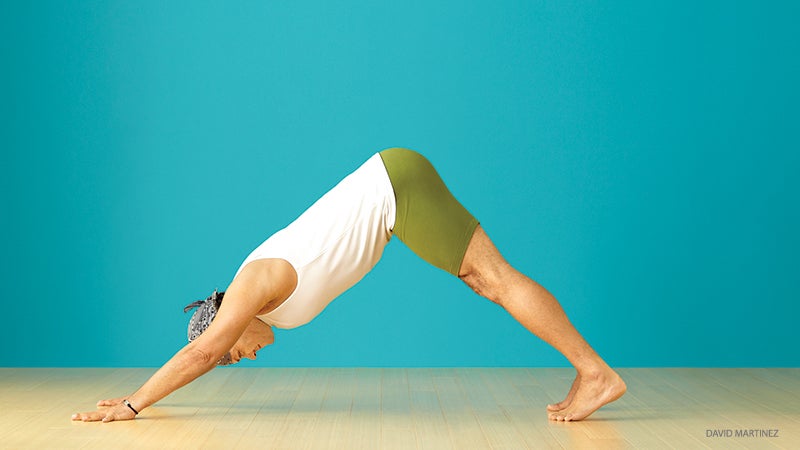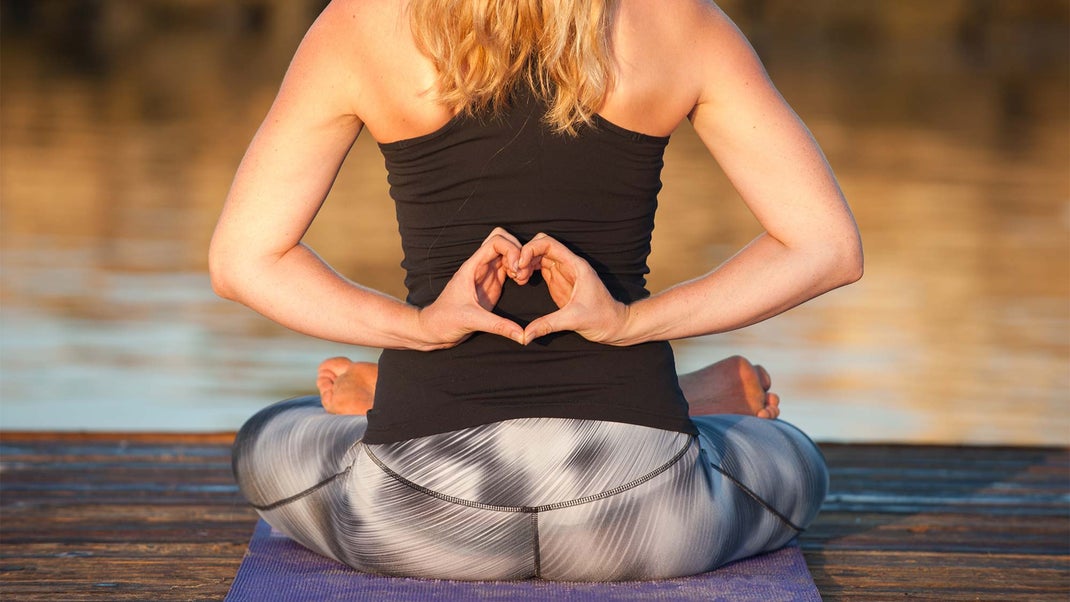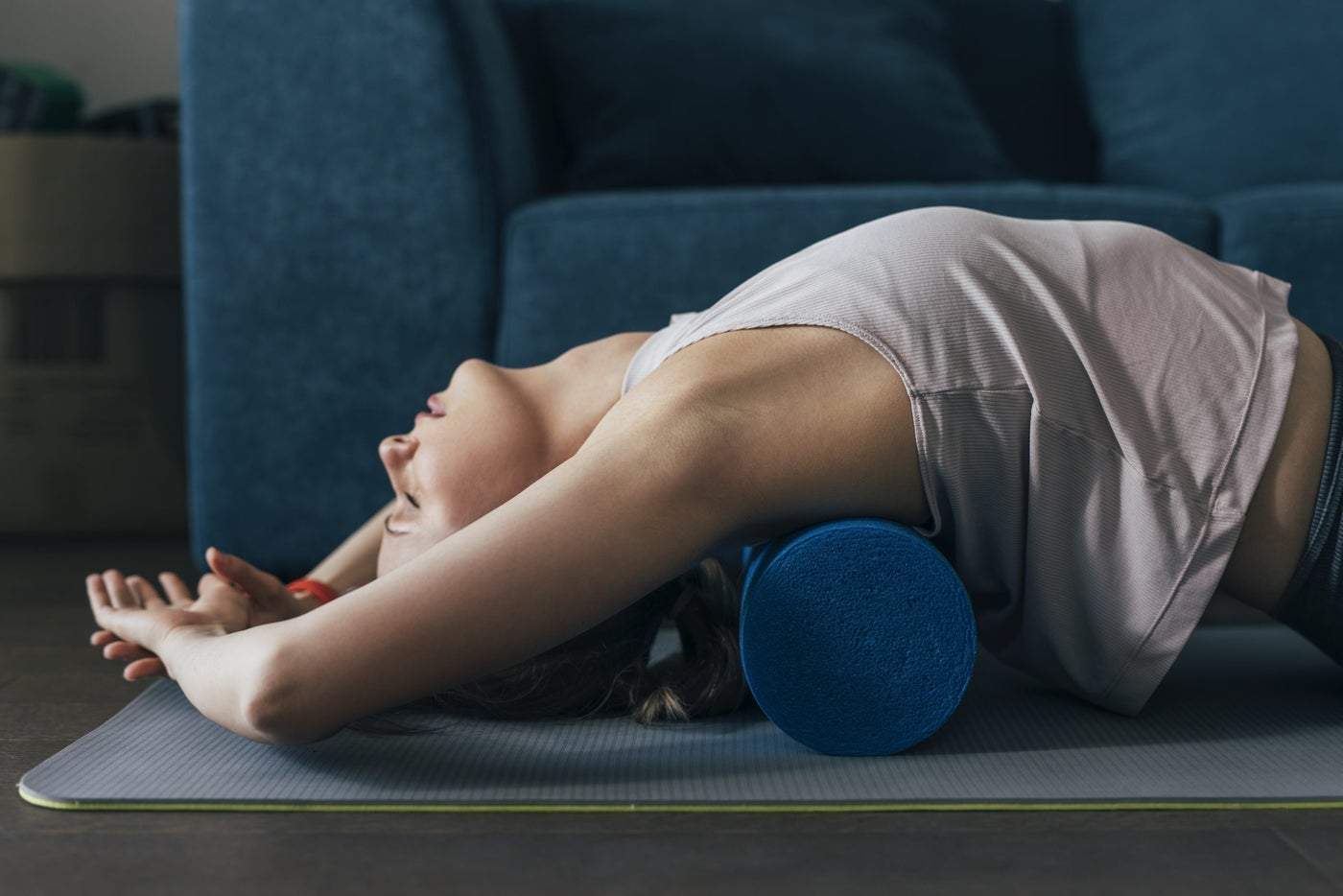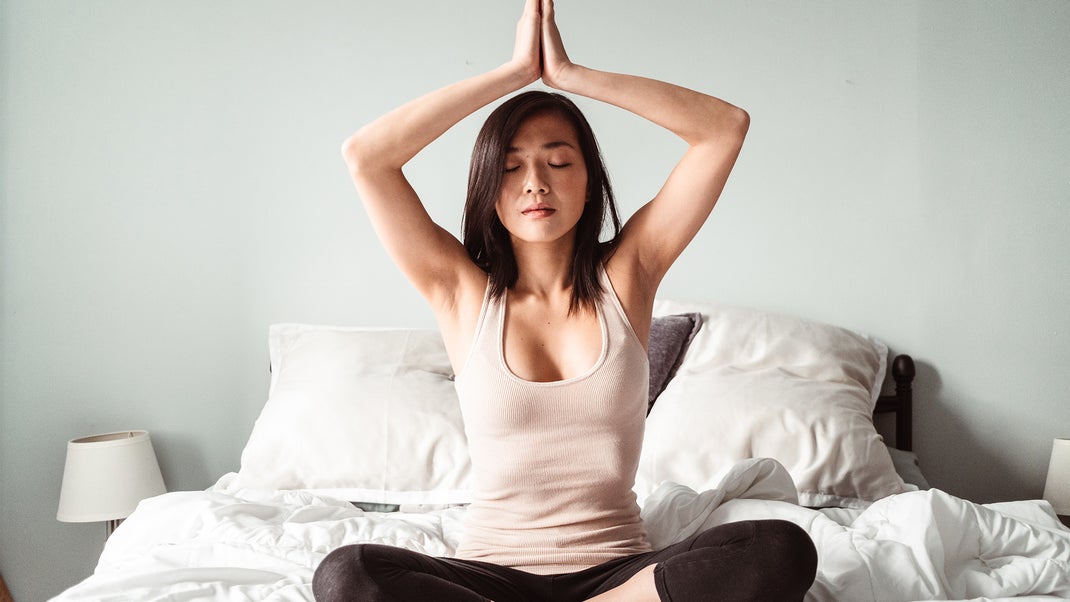Sun Salutations are a staple in many yoga classes. They provide the perfect way to get warmed up for your physical practice and spiritual intentions, but they can also be an opportunity for self-improvement.
How do you know if you’re doing the Sun Salutation correctly? How can you make it better? In this blog post, we will explore all of the ingredients that make up a good sun salutation and share some hacks to help take your practice from average to amazing!
In the summer of 2015, investment banker Rebecca Anderton-Davies was hit by a van while cycling to work. The experience was traumatic, but luckily she survived with some broken bones and tissue damage. She ultimately turned to developing a deep yoga practice to help her recover both mentally and physically. Now, she wants to help inspire others to build their own unique-to-them home yoga practice to promote healing and growth.
Anderton-Davies recently published a book to do just that: The Book of Yoga Self-Practice: 20 Tools to Help You Create and Sustain a Fulfilling Independent Yoga Practice.
She writes in her introduction to the book that she is working to create a “community dedicated to providing the tools you need to create and to sustain a fulfilling independent yoga practice.” Below, read a short excerpt from her book—a guide to “hacking” and adjusting your Sun Salutation flow to make it work for you.
Starting with Sun Salutations
The humble Sun Salutation, Surya Namaskar, is the foundation of modern-day vinyasa yoga. Sun Salutations A and B contain everything you need to have a complete yoga asana practice: forward folds, backbends, inversions, core work, and hip opening.
There are 11 postures in the Sun Salutation A variation, and 19 in the Sun Salutation B. Each pose flows from one to the next in a continuous loop. They are an excellent basis for your independent vinyasa yoga practice. Perhaps your first step to developing a strong home practice is just learning these.
Hacking Sun Salutations
How do you transform these set sequences into something of your very own? You “hack” them. “Hacking” Sun Salutations (or any yoga flow) is just a term for working with what is already there and then adding something of your own. Another posture, a movement within a posture, a movement between postures: anything goes. Once you know these sequences, then the next step is to use them as the basis for learning to flow creatively—all by yourself.
The power of using a sequence you already know to get creative is that you always have somewhere to go next or a point to come back to. Got lost? Go back to Downward Dog (Ado Mocha Svanasana). Forgot what happens next? Pick up at a point that is easy to get to. Totally lost your confidence? Simply start again.
Hacking Sun Salutation A: Starting Out

The easiest place to start with hacking a Sun Sal A is from your Downward Facing Dog. Traditionally, this is where we take the most time in any of the postures in this flow, providing some time and space to think.
What you can add in next, before returning to your Downward Dog and then completing the rest of the Sun Sal? What should your add-in be? Anything you want—some postures or movements to try might be things like a three-legged dog, knee-to-triceps reps, or revolved downward dog.
Hacking Sun Salutation A: Getting Juicy
Once you are comfortable with hacking at that point, you can of course hack at any point in the flow. Whatever you are adding in or trying, simply continue with the rest of your Sun Salutation afterward and either add in the same thing as you move through the sequence again or try something else next time.
For example, you could: Add some side bends in Mountain Pose (Tadasana), move between Upward-Facing Dog (Urdhva Mukha Svanasana) and Sphinx Pose three times, or work on your Crow Pose (Bakasana).
Hacking Sun Salutation B: Starting Out
The easiest place to hack your Sun Sal B is right before you hit Warrior I (Virabhadrasana I), not from your Warrior I. This is a small, but important distinction.
Once you are in your Warrior I, it can feel like you are pretty committed to facing the front of your mat and continuing with standing postures. However, if you put your “hacking point” right before you get there, a world of other possibilities opens up.
In this high lunge shape, with your hands on the mat, it will feel like you have many more options. And you do! Why? Your weight is distributed across both hands and feet, so transferring it to any of these points feels natural and manageable.
You are at the mid-height point on your mat, meaning kneeling, supine, and standing postures are all easy to get to. The entire next tool is about how you can think about using these different heights, or planes, to jazz up your flows. Using this point as your jump-off point means you can be more creative.
Your Sun Sal B can also get hacked at two points: on the right-hand side, and again on the left-hand side. Add in anything you want. Now you have the mechanics of hacking your sun salutations. What comes next are the rules you need to make sure this little trick works for you.
Remember you are going to add your new pose from the lunge you reach before you get to your Warrior I. Here are some postures or movements that you can try: Lizard Pose; lift up into a high lunge; rotate on the feet to side lunge.
Hacking Sun Salutation B: Getting Juicy
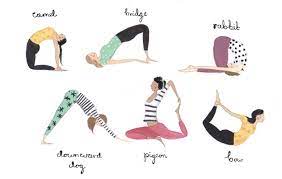
Once you are comfortable with hacking at that pre-Warrior I point, you are of course free to do so elsewhere in the flow. And your hacks here, or at any other point, don’t need to be limited to one quick posture. You can add a few postures in, or a very long hold in one, or a little drill you have been working on.
Give anything a try and see what brings you joy! Here are some ideas: try a 10 second lower and hold in a half chair pose; lower your knees and arch your back to the camel; do Chaturanga to plank reps.
Three Golden Rules of Yoga Hacking
- Don’t overload yourself. Honestly, you might get embarrassed at how occasionally bad your memory can get when you are in the middle of a flow. You might be having a little panic about what comes next. Or, you might be having so much fun and being so present in your body on the first side, that by the time the second side comes around, you don’t have the faintest clue what to do! This is okay. In fact, it’s kind of the point. You want to have to practice getting comfortable with discomfort. That tricky pose you add-in will give you practice with the physical discomfort. The challenge of adding and forgetting poses will give you the practice of mental discomfort. These are the skills that you will take off your mat and that will have a profound impact on your life. Embrace the chance to practice them. Start small so you don’t scare yourself off.
- Use Downward Facing Dog as thinking time. This will be the most efficient thinking time of your entire day. Thinking time that gets into virtually every muscle in your body? Yes, please! Even if you are here for what feels like forever while you have a little ponder about what to do next, that’s okay. Of course, any other pose you choose can work as well – Child’s Pose is a personal favorite of mine.
- Accept that perfection is your enemy. You will not be in trouble if you go astray mid-flow. Nor are you going to permanently misalign your body by forgetting to do the same postures on the second side once in a while. Feel free to stop halfway through a Sun Salutation flow, take a few deep breaths and start all over again. There is no perfection here. Only practice. Lots and lots and lots of practice.”
Conclusion:
How to Hack Your Sun Salutations. Three Golden Rules of Yoga Hacking: Don’t overload yourself; use Downward Facing Dog as thinking time; and, accept that perfection is your enemy. The Book of Yoga Self-Practice: 20 Tools to Help You Create and Sustain a Fulfilling Independent Yoga Practice by Rebecca Anderton Davies will be available from Mobius in 2021.
How to Hack Your Sun Salutations. How to Hack Your Sun Salutations How to Hack Your Sun Salutations How To Hack Your Yoga Practice With The Downward Dog Hijack.

